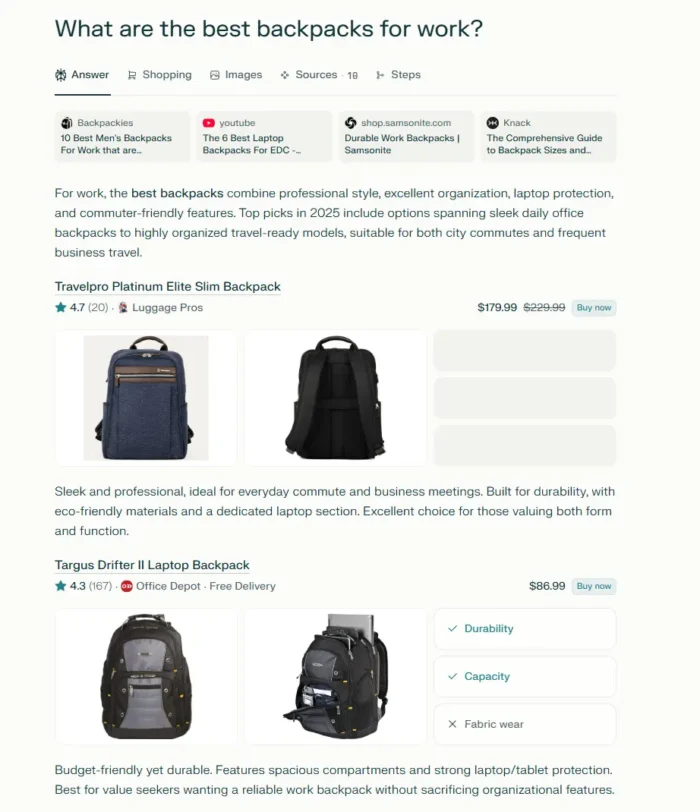Ad spending is decreasing—and more cuts may be coming
P&G has 'temporary deviation' with spending cut as consumer packaged goods companies broadly pull back on TV, Netflix gets hammered and tech marketers face pressure.

Inflation may not have dimmed people’s spending much yet, but it appears to be taking at least small bites out of ad spending by marketers. Some players—particularly in packaged goods, quick-service restaurants and direct-to-consumer marketing—look to be trimming ad outlays to avoid raising prices even more than they already have.
Case in point: Procter & Gamble Co., which on April 20 reported a resounding 10% organic sales growth increase for its fiscal third quarter ended March 31, half of that from price hikes meant to offset rising fuel and other commodity costs. Among the favorable signs were that P&G’s unit volume still rose 3%, that another two percentage points of sales growth came from people trading up to higher-priced products, and its aggregate market share across categories globally rose 0.5 percentage points.
Even so, P&G’s gross margin still came in below expectations, according to Deutsche Bank, as it holds back on passing the full effect of higher costs to consumers. And for the first time in years, the company took marketing expense reductions fully to the bottom line rather than spending any savings back into media advertising.
In a media call, P&G Chief Financial Officer Andre Schulten attributed the quarter’s decline in ad spending and spending as a share of sales to timing of initiatives. P&G’s overall spending in the quarter was down slightly vs. a year ago, but he said that doesn’t reflect a long-term strategy change.
“Our mantra continues to be to reinvest efficiencies and gains in effectiveness of all advertising spending into further investments to build the superiority of our brands,” Schulten said. Last quarter’s spending was a “temporary deviation in terms of a standing pattern," he said. And for the full fiscal year to date, he said P&G’s ad spending as a share of sales remains at 10.1% just like the prior year’s “elevated levels,” he said.
Tapping the brakes
However, it certainly looks like players in P&G’s and adjacent packaged-goods categories hit hard by fuel and commodity costs are tapping the brakes on ad spending of late.
TV spending data from iSpot.tv for the three months ended April 20 show double-digit spending declines among laundry, skincare, cleaning supplies, breakfast cereal, soda and beer marketers vs. the year-ago period. TV spending was flat to down by single digits for oral care, snack food and hair care brands.
Another big spending category, quick-service restaurants, saw spending shrink 1%, but industry heavyweight McDonald’s reduced TV spending much more–down 50% to $28.7 million in the three months ended April 20, per iSpot. That came even though the company has said it raised menu prices 6% last year on soaring beef prices and 10% higher wage costs.
It should be noted that these categories are exceptions to an overall trend that saw a nearly 37% surge in first-quarter TV spending as measured by iSpot.
But according to two agency media buyers and a media network sales executive, packaged goods and automotive brands recently have been particularly aggressive in exercising options to opt out of last year’s upfront TV buys.
While recent spending numbers reported by P&G and iSpot would appear in line with those observations, automakers as a whole hiked spending substantially in the three months ended April 20—up 30% to $1 billion—though Ford bucked that trend with a 30% reduction, per iSpot data.
TV Upfronts and Newfronts 2022 calendar
Cost-cutting talk accelerates
But the opt-outs on upfront commitments cited by the executives would most likely affect the second quarter and beyond. And the biggest marketing belt-tightening may be yet to come, based on conversations that Lindsey Slaby, founder of brand consultancy Sunday Dinner, has been having with Fortune 100 marketers and agency executives.
Slaby has heard both from marketer and agency executives in the past two weeks of sudden shifts to pull back on media and other marketing spending, which she attributes to a number of factors, led by a concern that consumers will only abide so much in price hikes before they pull back on spending or trade down, she said.
Cause for such concern was evident on April 19 when Netflix announced a loss of subscribers for the first time in a decade in response to its most recent price hike. That caused its stock to plunge 37%, as the company also announced it would move toward a rollout of a lower-cost ad-supported option.
Read more: How Netflix can build its ad business
The Netflix experience points to another factor that appears to be fueling spending slowdowns—the hammering tech stocks have taken broadly this year, Slaby said. The NASDAQ 100 stock index is down 17% year to date, falling twice as fast as the more profit-focused membership of the S&P 500. That’s raising concerns among some direct-to-consumer players and other tech startups (including those that haven’t gone public yet and rely on venture funding) that they need to focus more on profitability even if it means less marketing spending behind growth, Slaby said.
Direct-to-consumer players are facing recent fee hikes from Amazon and Etsy that pass along increases those retailers have seen in their shipping and labor costs, Slaby said. Many are looking at pulling back marketing spending to mitigate how much of those fee hikes must pass along to consumers, since marketing is one of the few costs they can control, she said.
For its part, Amazon also looks to have pulled back on media spending, perhaps to minimize price hikes. Amazon’s TV spending in the three months ended April 20 fell 63% from a year ago to $19.8 million, per iSpot.tv.
Uncertainties related to the war in Ukraine, loss of revenue for companies that are suspending or pulling back on operations in Russia, and related hikes in fuel costs are further leading marketers to pull back or at least re-examine spending for the balance of this year, Slaby said. She expects many to pull back on marketing at least until back-to-school or holiday plans kick in.
“I would definitely say that marketing budgets are getting a refreshed look,” Slaby said. “Not everyone is cutting, but they are realizing that handing off rising costs to everyday people is not ideal.”
Yet there’s also a clear risk in pulling back on marketing. Just Eat Takeaway, the U.K. owner of Grubhub, disappointed investors earlier this month with a first-quarter sales decline that was led by a 5% decline for Grubhub in North America. As Just Eat executives talked about marketing efficiencies on their earnings call, the company also noted that it will explore divesting the Grubhub business it acquired less than a year ago.
“No other business in their category has ever made a profit,” Slaby said. “Grubhub makes a profit, but they cut back on their marketing, and now they have no growth and they’re trying to sell them again. So it’s hard.”
Signs of strength
Still, signs overall point to consumers accepting price increases, which suggests media and marketing spending may weather inflation and other storms.
Strong top-line results for the first quarter reported by P&G, L’Oreal (organic sales up more than 13%) and Kimberly-Clark (like P&G up 10%) on price hikes and continued volume growth suggest consumers are accepting price hikes. And Kimberly-Clark (unlike P&G), appears to have maintained marketing spending at least in line with sales last quarter, taking more of a short-term hit to profits as a result.
Brian Wieser, global president of business intelligence for Group M, in a recent note described the current environment as one where consumers “may complain, but they continue to spend,” which he said allows manufacturers and retailers to “capitalize on this tolerance.”
RSVP for Ad Age In-Depth: TV Pivot on May 24 and 25 at AdAge.com/TVPivot
“With those elevated revenues, advertising budgets continue to be managed at relatively fixed percentage-levels of newly increased revenues, leading to higher advertising budgets,” Wieser said. “While it’s true that some companies might seek to reduce advertising in order to offset some of their own higher costs or increase profitability, this is unlikely to occur for most businesses or products because choosing not to advertise may mean that a competitor takes a greater share of a bigger market.”
Interpublic Group of Cos.’ Magna Global did reduce its U.S. ad market outlook for 2022 by 1% based on the economic impact of Russia’s invasion of Ukraine, but is still calling for an 11% overall increase. Some of the reductions seen in some categories in iSpot TV data may reflect the continued broader shift from national TV (predicted by Magna to fall 5% this year, though that seems to depart from iSpot's data for the first quarter) to digital (expected to rise 16%). And Magna is actually expecting a healthy 16% growth for local TV thanks to heavy mid-term election spending that’s offsetting pullbacks in local auto dealer advertising driven by delayed deliveries due to supply-chain constraints.
Innovation, emerging verticals and e-commerce will help offset the war, inflation and other headwinds, according to Magna. “It is too early to assess the depth and length of economic repercussions," the agency said in a statement, "but Magna believes the U.S. economy is strong enough to weather this new challenge.”

 Hollif
Hollif 































